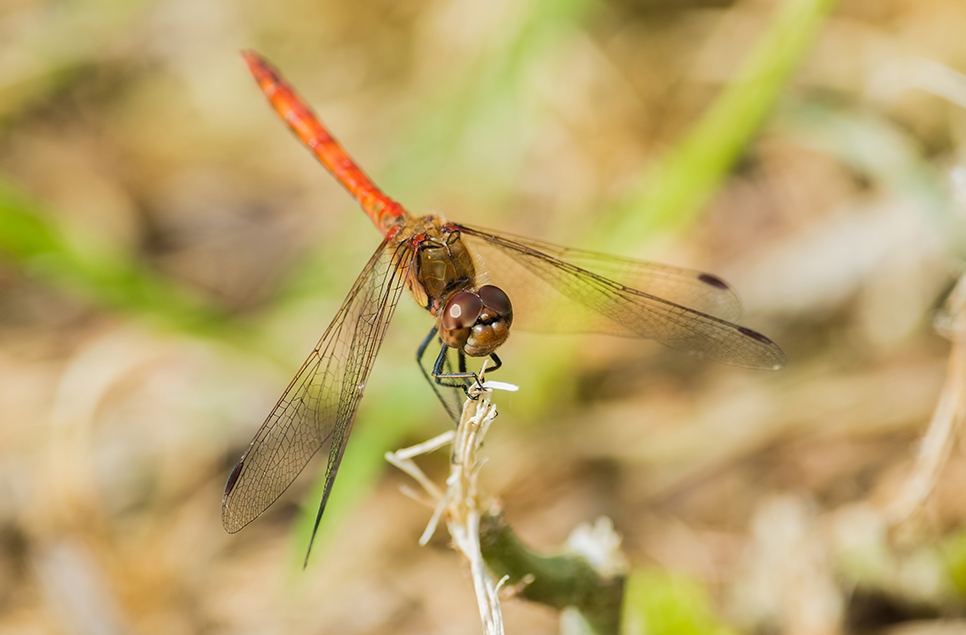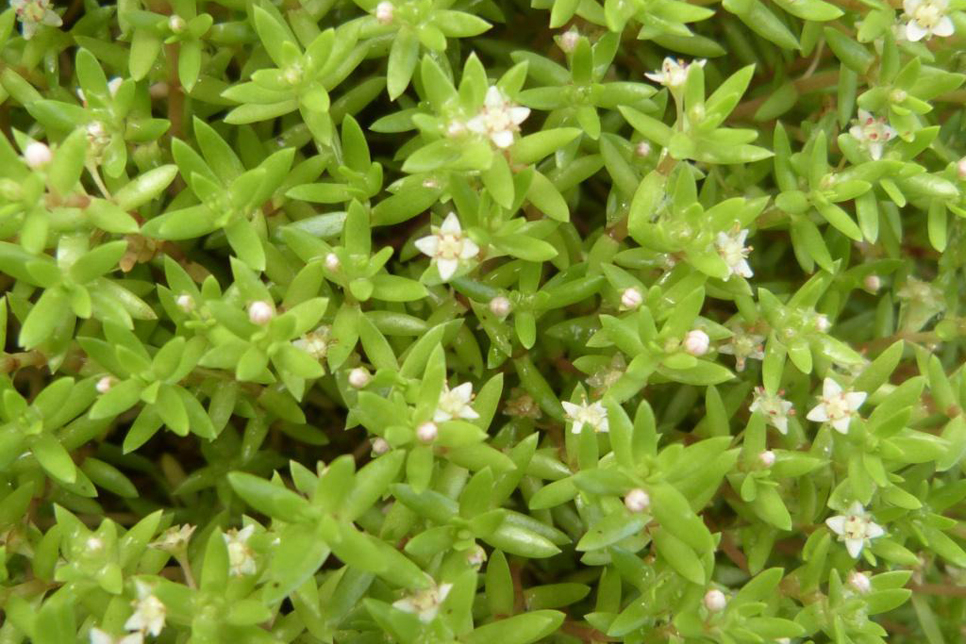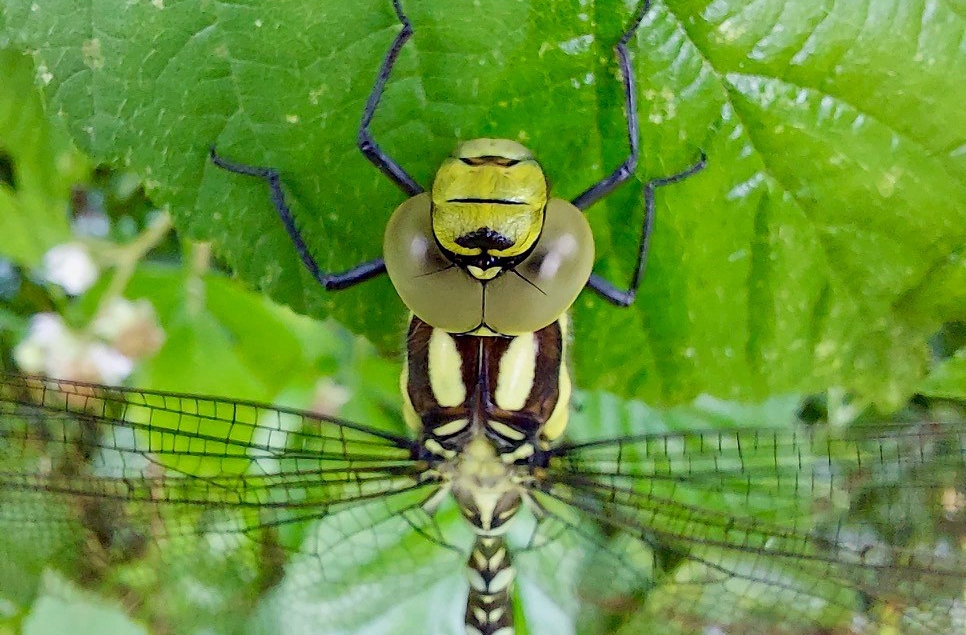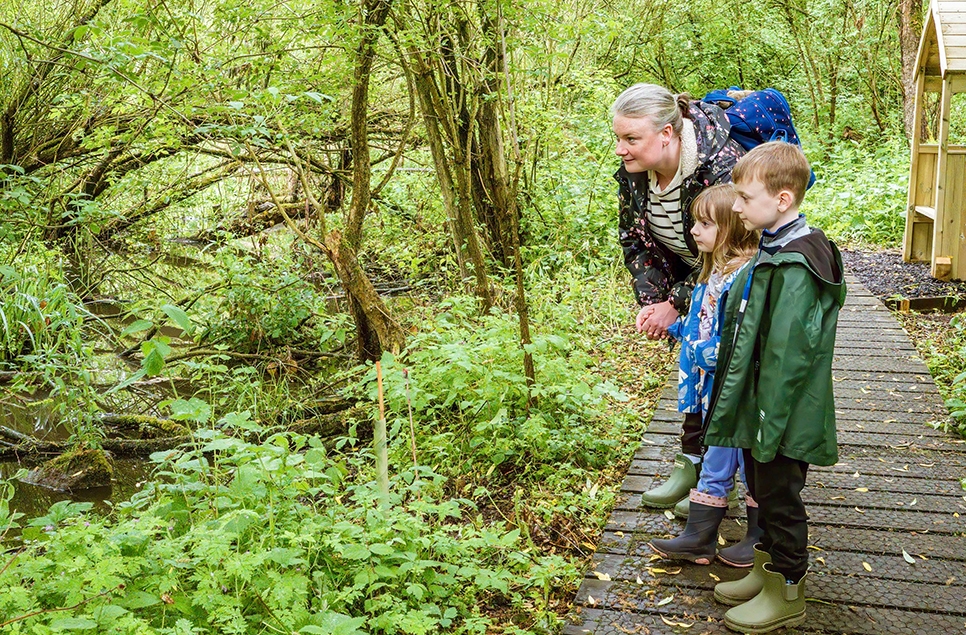New feathered friends at Washington Wetland Centre

In order to ensure the success of our conservation breeding programmes, one of our aims is to keep populations of birds as genetically diverse as possible. Every year we identify birds that we may need to pair, or colleagues at other centres within the WWT trust have a need for and in spring there is a period of ‘swapping’, which involves moving birds between WWT centres.
This helps to ensure the genetics of our birds are strong, giving them the best possible chance of developing well and rearing young.
Following a swap this year, you may have spotted some new faces within our exhibits here at Washington, but if you haven’t we’ll introduce you to them. There may have been some swaps that you haven’t noticed…
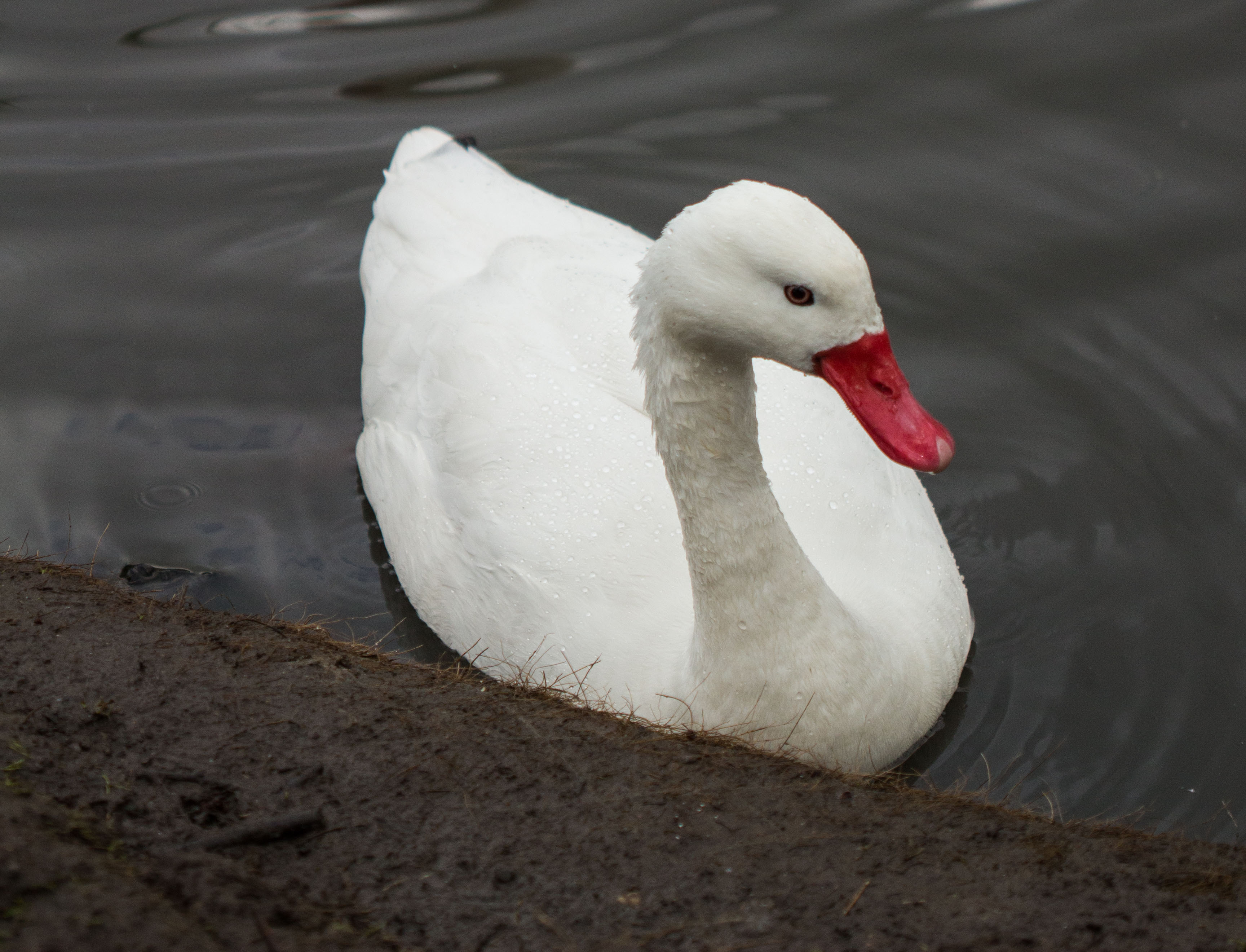 Coscoroba swan
Coscoroba swan
Our coscoroba swan pair were a father-daughter duo which wasn’t viable. The father has now moved on to another centre and we have received an unrelated male to match with our female. They have already been introduced and are getting on well.
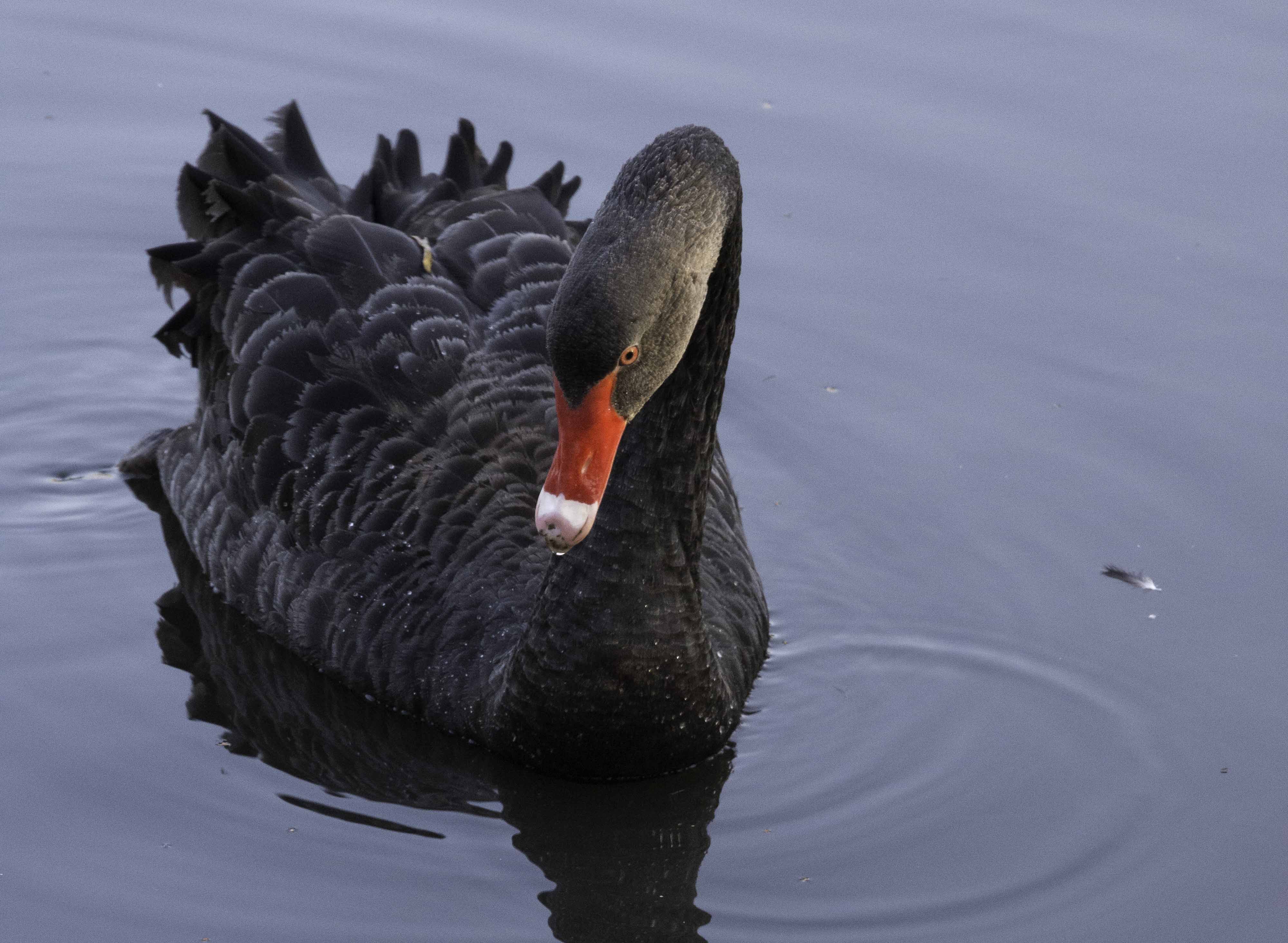 Black swan
Black swan
We currently have four black swans in Close Encounters, all of whom are female and related. Over the past few months, the oldest female has been laying eggs. Although we know these eggs will not hatch, it’s important to allow the swan to realise this on her own so as not to discourage her efforts, keeping the maternal instinct and drive alive. We have now received a male black swan who will be paired with our older female - we’re hopeful for the pitter-patter of tiny webbed black swan feet in the future!
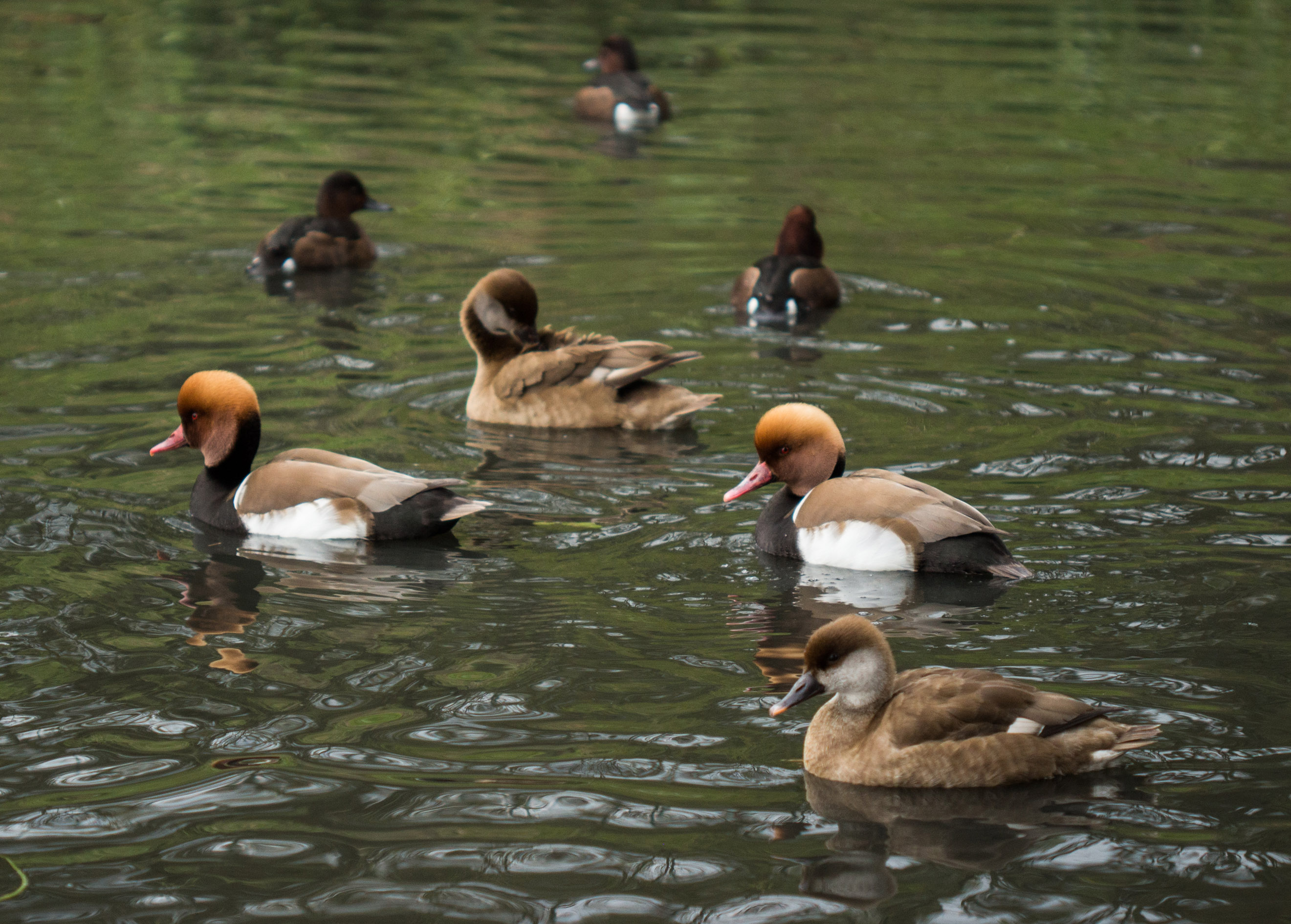 Red-crested pochard
Red-crested pochard
These large diving ducks are in the white head exhibit (opposite Ganderland) where there are 2 males and 2 females. The males are noticeably different with an orangey brown head, red beak and red eyes (quite the fashionista!) where the females are a much more subtle brown colour with white cheeks.
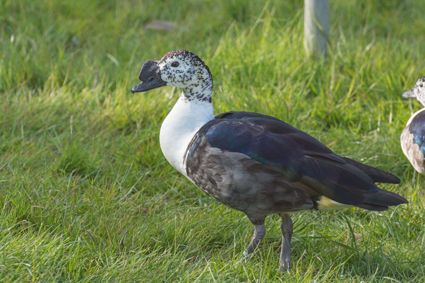 Comb duck
Comb duck
Also known as ‘knob-billed’ ducks because of the large dark shape on a male’s bill, these birds originate from Africa and Asia and are one of the largest species of duck in the world. You may have spotted these in the outdoor juvenile pens at the duckery, where they have been put until we move them into their exhibit.
How do we keep track of our birds?
All birds that hatch at WWT centres receive a numbered leg ring. These leg rings are unique to each bird with details entered into an electronic system. These details include parent ID, the date the bird hatched, whether male or female and any life events such as if they’ve ever bred or received any medical treatment.
This enables us to identify the best birds to move in order to keep the populations genetically strong. In terms of conservation, if there is a need, any birds that are seen as the best breeders can be moved into special outdoor breeding aviaries to give the eggs laid the best chance of becoming adults and therefore helping conserve that particular species.
Before any birds are moved out of our collection, a ‘bird passport’ is created from the information we have gathered over time, which makes it a smooth process to hand over to their new keepers while ensuring they are up-to-date with information on that particular bird through the electronic system.
Collection warden Rhys Mckie said, “It’s always exciting to have new birds come to Washington. Introducing new shapes and sizes of bird to our collection helps keep us on our toes and improve our skill-set.
“There’s never a dull day looking after wildlife. Being involved in looking after some of the world’s most rare and endangered birds is a privilege.”
All of these birds and more can be seen at Washington Wetland Centre on a daily basis. Plus you can get close to young birds at Downy Duckling Days taking place over May half term (27 May – 4 June).
